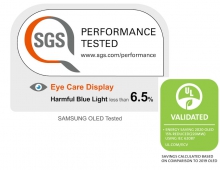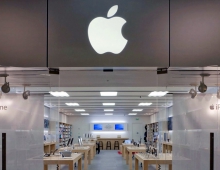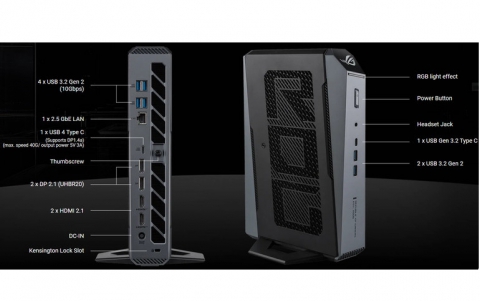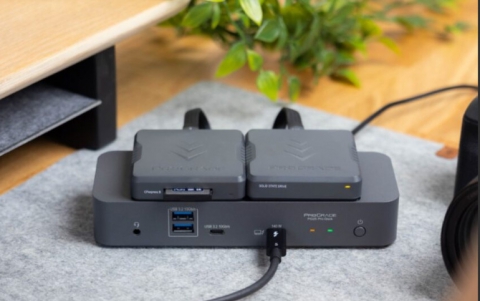
Samsung SDI to Double OLED Flat Screen Output
South Korean display screen maker Samsung SDI Co said on Wednesday it started mass producing ultra thin flat screens and would double capacity by next year.
The world's No.3 maker of plasma display panels is increasingly looking at the super thin screens called AM-OLED as a growth driver, as they produce brighter images and use less power.
Samsung SDI said it would double monthly output capacity of active-matrix organic light-emitting diode (AM-OLED) displays to 3 million units by 2008 from 1.5 million now.
The company has been plagued by falling prices and weak margins in both plasma display panels (PDP) and traditional cathode-ray tubes for televisions.
Flat screen makers are betting OLED screens will replace the currently dominant LCD panels on multimedia mobile phones and portable media players.
Japan's Sony last week announced the December launch of the first TV set that uses AM-OLED technology. Just 3 mm thick, the TV has an 11-inch screen and sells for 200,000 yen ($1,704). For that price, consumers can find 40-inch LCD models.
Research firm DisplaySearch expects the global OLED TV market to grow 24-fold to $884 million in 2011 from an estimated $37 million in 2008, far outpacing 15 percent growth in LCD TV demand.
However, the 2011 figure for OLED TVs is less than 1 percent of projected LCD TV revenues of $92 billion for the same year.
Samsung SDI dismissed the notion it could enter an AM-OLED TV war with Sony.
Regarding the company's ailing plasma display unit, Samsung SDI said the division would reach break-even sometime next year.
Samsung SDI was the world's top producer of PDPs in 2005, but was overtaken by Japan's Matsushita Electric Industrial Co and local rival LG Electronics last year amid production problems and declining sales.
Samsung SDI said it would double monthly output capacity of active-matrix organic light-emitting diode (AM-OLED) displays to 3 million units by 2008 from 1.5 million now.
The company has been plagued by falling prices and weak margins in both plasma display panels (PDP) and traditional cathode-ray tubes for televisions.
Flat screen makers are betting OLED screens will replace the currently dominant LCD panels on multimedia mobile phones and portable media players.
Japan's Sony last week announced the December launch of the first TV set that uses AM-OLED technology. Just 3 mm thick, the TV has an 11-inch screen and sells for 200,000 yen ($1,704). For that price, consumers can find 40-inch LCD models.
Research firm DisplaySearch expects the global OLED TV market to grow 24-fold to $884 million in 2011 from an estimated $37 million in 2008, far outpacing 15 percent growth in LCD TV demand.
However, the 2011 figure for OLED TVs is less than 1 percent of projected LCD TV revenues of $92 billion for the same year.
Samsung SDI dismissed the notion it could enter an AM-OLED TV war with Sony.
Regarding the company's ailing plasma display unit, Samsung SDI said the division would reach break-even sometime next year.
Samsung SDI was the world's top producer of PDPs in 2005, but was overtaken by Japan's Matsushita Electric Industrial Co and local rival LG Electronics last year amid production problems and declining sales.





















